Today I’m thrilled to share with you an interview I did with Jill Rizzo and Alethea Harampolis of Studio Choo earlier this summer. If you don’t already follow these lovely ladies, then you’re in for a real treat! Theses gals are serious powerhouses and in the last few years have written a killer column for Design Sponge called We Like It Wild, built a super successful flower business in San Francisco, created the wildly popular Flower Recipe Book and have been featured in every magazine under the sun. I was lucky enough to meet them in person last spring when they were touring with their book and can honestly say, they’re the nicest most humble flower ladies out there!
Erin: It seems that your book really helped to demystify the process of arranging flowers for a lot of people. What kind of feedback are you getting from readers?
Jill – “Demystifying” is a good call, it’s a term we hear in feedback often. People respond to the step-by-step photos, and the recipe format feels familiar and accessible. By blocking pieces out with color inspirations and simple terms, readers can emulate and be creative without trapping themselves in the idea that it has to look JUST like the picture.
Erin: You two have an amazing success story—just a few short years ago you were running your fledgling flower business out of a Honda Element and somebody’s garage, and now you have a bestselling book and a sweet new studio in South San Francisco. Like other great companies that started in garages (Apple, Amazon, Google) we’re eager to learn what new projects are on the horizon for Studio Choo. Anything you can share?
Jill: Always so many projects! We have a new book coming out, “The Wreath and Garlands Recipe Book,” in October. Alethea just launched her fragrance line, Snakeface. There’s currently a huge jar of Honeysuckle Hair Oil marinating on her apothecary counter; we have smack our studio manager’s hand so she doesn’t just dive in. We’re putting in a big cutting garden out back with all our Favorites. There’s always something to do with the studio space; corners and nooks we want to get just right. And we’re lining up logistics for a Community Supported Flower program, (CSF), working with farms and farmers we’ve built amazing relationships with. That’s also giving us the opportunity to teach “in the field,” you’ll start seeing us more often on the road to farms and gardens, creating a full-immersion experience for our students!
Erin: Jill, you grew up in a family of florists, is that right? So, it’s in your blood! How has the flower industry changed since you were a child? Are there techniques or processes you learned from growing up in that environment that you still use today?
Jill: To be honest, it’s a 180 from where I started in the flower shops of my mother, aunt and uncle. The flowers I used then are very rarely used in the arrangements we do now. Just the learning curve of familiarity with types and varieties was a climb when I moved to northern California. There’s such an incredible amount of diversity and availability out West, and we’re doubly lucky to be located by one of the best Flower Markets in the entire country.
Alethea: I grew up in my mother’s garden in Marin, and I think we both have an idea of intimacy and family when it comes to flowers. We emphasize the closeness of your resources. The planted pot on your back deck, your connections with farmers at the market, the meadow on the way to work. What can add variety, texture and local flavor to your design work without having to buy 50 bunches or whatever. And there’s a thrill to being a “cutter,” a flower hunter with an eye for the beautiful things in seemingly mundane places that end up really making your arrangement sing.
Erin: As part of your book tour, you did a fair number of flower arranging demos for West Elm and others stores too. One of the features of the book is to demonstrate ways to make great arrangements with easy-to-find supermarket flowers. Another part of the book introduces readers to the idea of utilizing locally grown and gathered materials into the designs. I’m curious, as you interacted with customers at these book events, did you get a sense of the level of interest in local flowers among the general public? In other words, is the local flower movement reaching beyond the foodies, the creative class, sustainable agriculture folks, eco-conscious consumers, etc., to appeal to the average shopper?
Jill: It’s a slow growth, and still feels like it’s only a small group who realize what’s out there. Being in California makes it a bit of a microcosm, so we’re lucky to interact with it more often. When you travel, it’s more obvious that it’s a new concept. We don’t think that’s necessarily something to be concerned with; more an exciting New Frontier with room to shape and cultivate what those methodologies and beliefs can be.
Erin: Based on your experience, what are ways local flower advocates can we reach more traditional florists and average consumers?
Alethea: Presence in commercial markets is always going to extend the reach. Again, we’re really lucky regionally, but we know it isn’t the case everywhere. It’s easy to vilify bigger commercial entities, but there’s no denying it’s reaching the most people. There’s also the growing awareness of what it is we’re putting in or around our bodies. It’s worth considering that our skin, our largest organ, is our first line of defense and absorbs a large percentage of what it encounters. It’s something we increasingly think about for ourselves and for the people who work in the fields harvesting and processing the flowers that come to market. Ultimately, awareness is key.
Erin: I’m really interested in your creative process—particularly since you work as a team. Are there bouquets that you work on together, or is there a natural division of labor and recipes that are distinctively Jill’s or distinctively Alethea’s?
Jill: At the beginning we worked together on EVERYTHING. We would talk about each individual arrangement, what we would make and how it would look. As we’ve grown, we’ve had to divide and conquer. Alethea takes on our weekly clients and deliveries, and I run the weddings and events. We both pitch in on each other’s projects, and we finally started bringing in help so we get a chance to sit down and eat lunch every now and then.
Erin: Your work is has been described as “artfully unruly”, containing a lot of wild and forged elements. Do you do a lot of the foraging yourself, or do you buy from local sources? What are some of your favorite materials to forage?
Alethea: We wish we had more time to forage!
Jill: We always have out eye out when we’re driving around, it’s not uncommon for someone to shriek LUPINE on the way up to a wedding. We do buy a lot of unusual materials from the market from guys who are known foragers, and as we continue to develop intimate relationships with farmers, we get to ask for the “goods.”
Alethea: I also have my spots..enough said.
Erin: I love how you use so many nontraditional floral materials in your arrangements. I, too, am always on the lookout for new and unusual vines or foliage or fruit to incorporate into my designs. What is the most unusual element you’ve used in a design lately?
Alethea: We tend to strike on something and dub it our “new signature style.” There were a lot of sticks wrapped in embroidery thread over the winter holiday and avian skulls for Valentine’s. Sometimes it really resonates, sometimes it doesn’t, but it keeps it fun for for us.
Jill: We love all the small, fleeting delicates that tend to never be available. Peruvian sage, coral Geum, white Strawberries and pretty much anything from Morning Sun Herb Factory.
Erin: You two were friends before you started Studio Choo together. Owning a business AND writing a book together is a no small task. I can only imagine there was a lot of pressure dealing with deadlines and brides while staying on top of all the details of running the shop. How did you do it? As someone trying to manage a lot of big flower-related projects at the same time, I’d love to know the secret to your success and get some advice!
Jill: Man, it’s never easy. Owning a small business and trying to keep yourself grounded to stay connected to your family, your partner, your best friend – it can be frustrating. We had a Renaissance for a while where we’d make a date once a month to get out of town or hang out outside of work, (though that isn’t to say we were all that successful at not talking about work during those dates…). If we can gather for a weekend BBQ, mix happy hour drinks when we’re working late or hang in a new town for lunch after an event helps us feel normal.
Alethea: And sometimes you just got to close the doors and leave the damn studio.
You guys, thank you so much for ALL of the amazing creative inspiration you’ve shared with the world. I know I’m not the only one who’s dying to see what you dream up next!

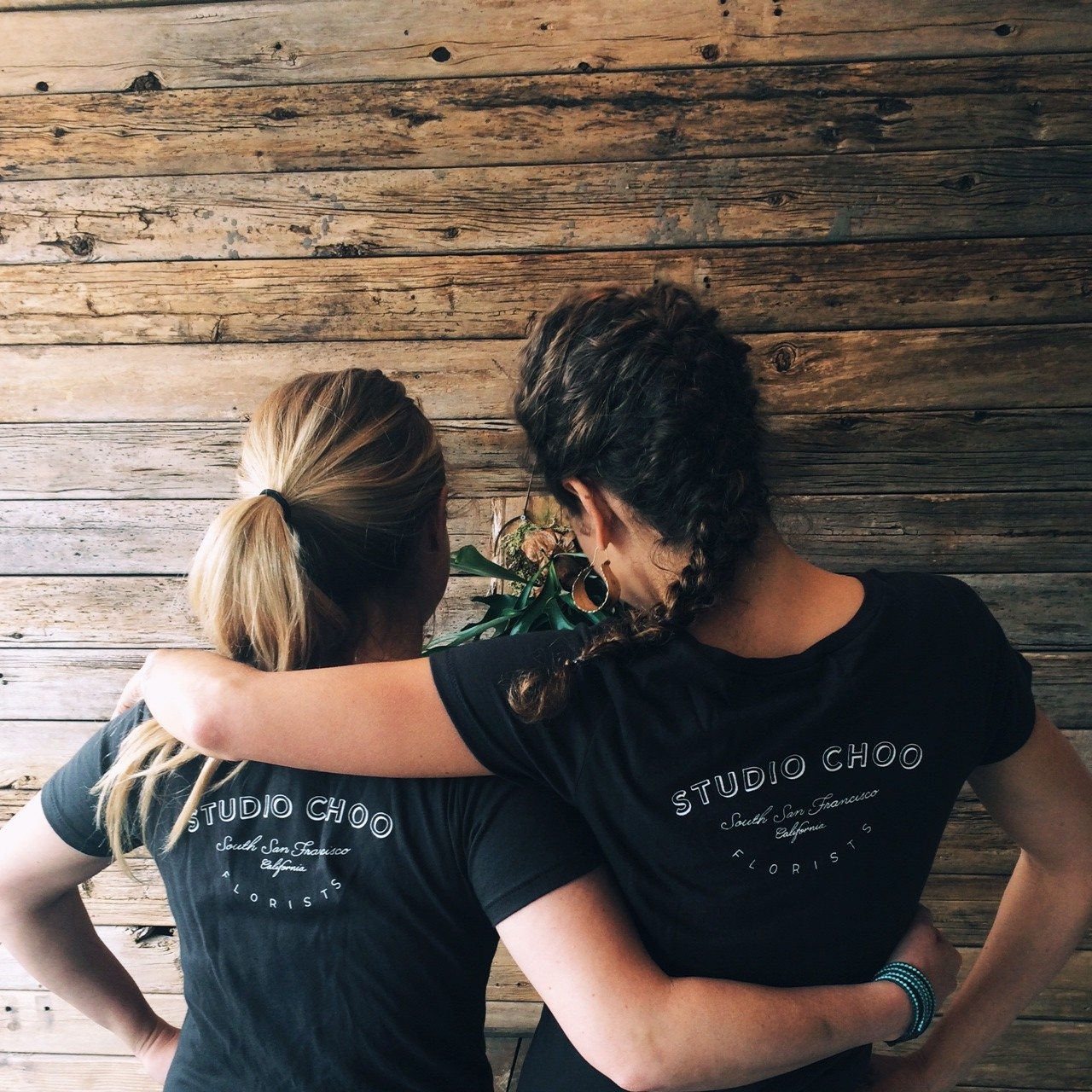
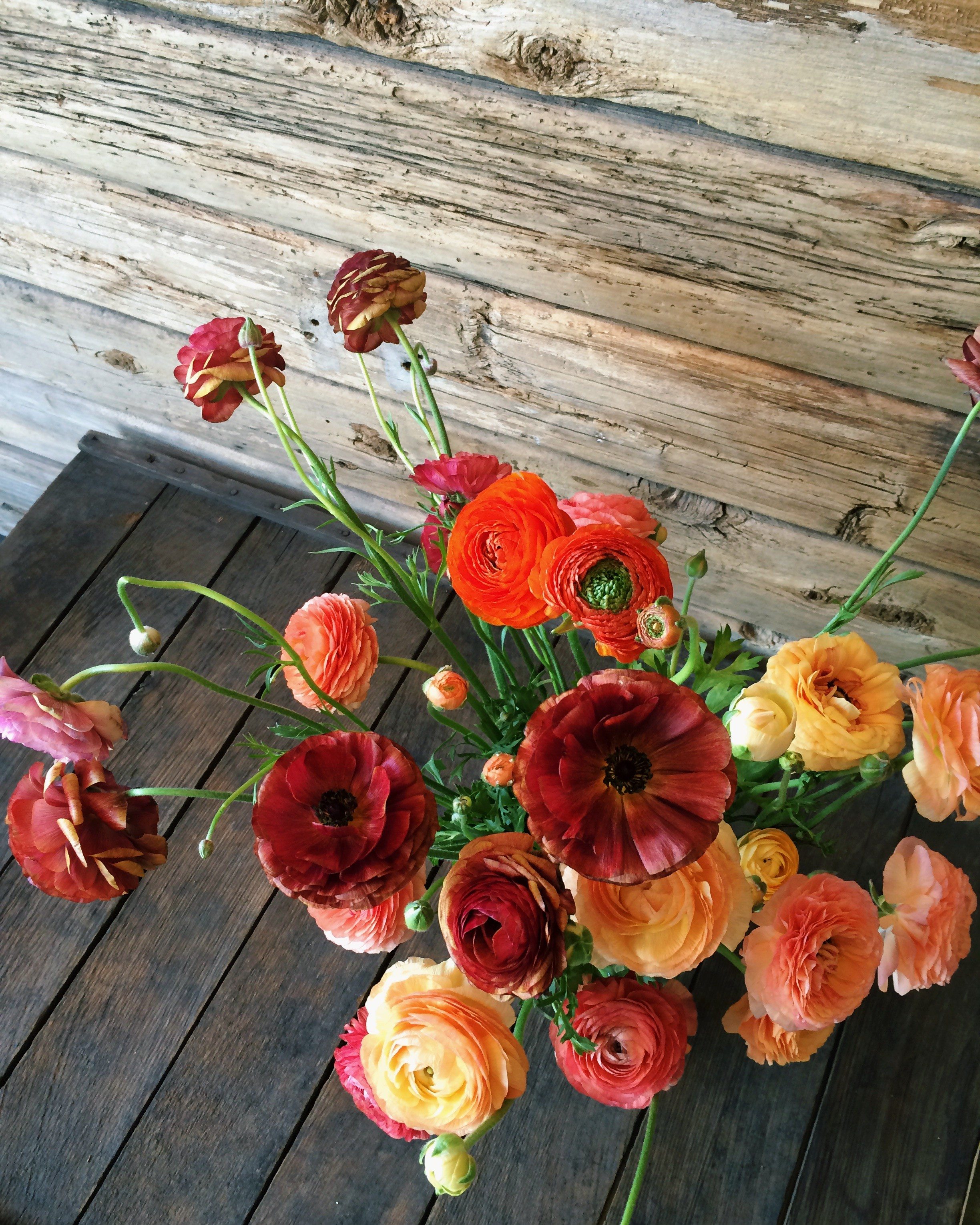
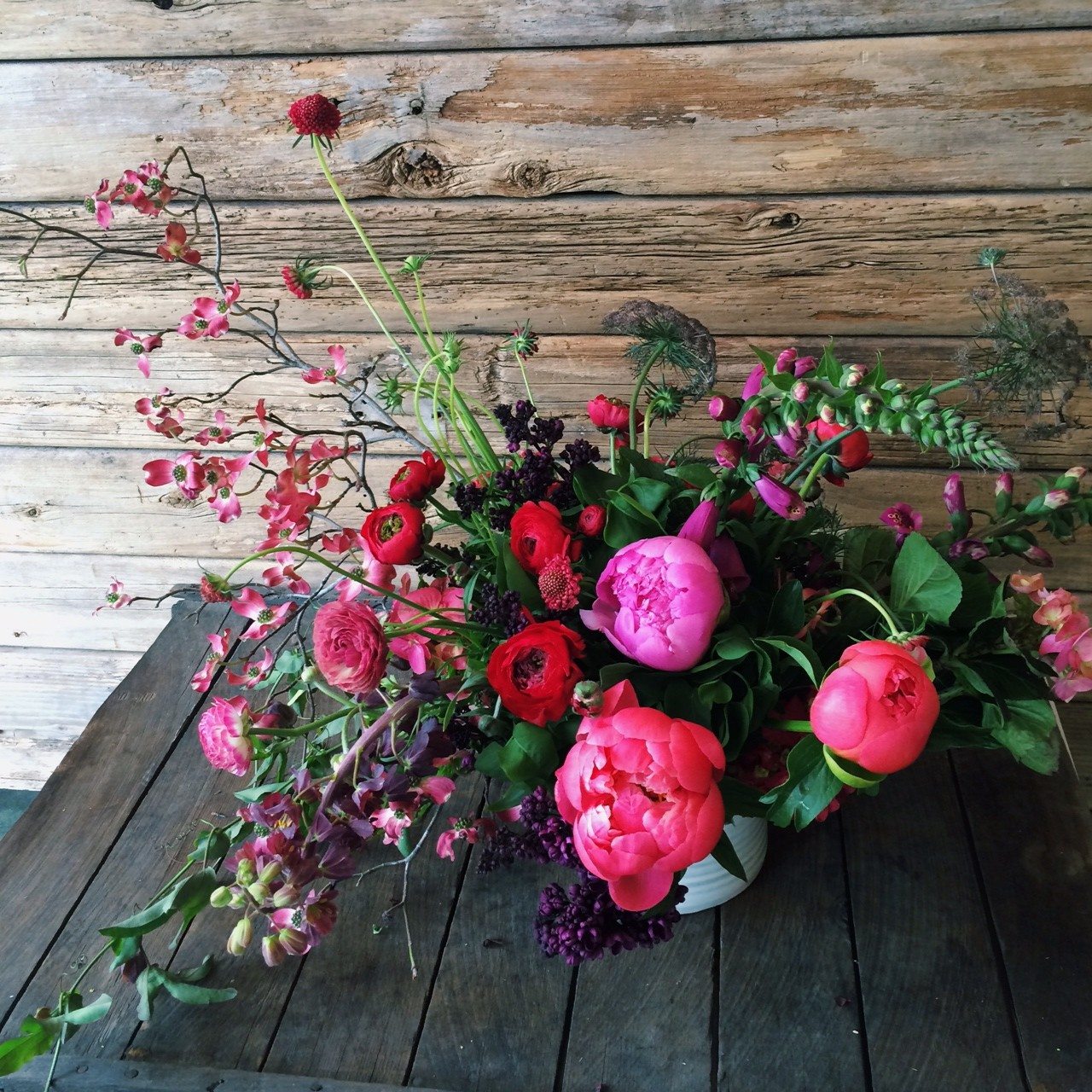
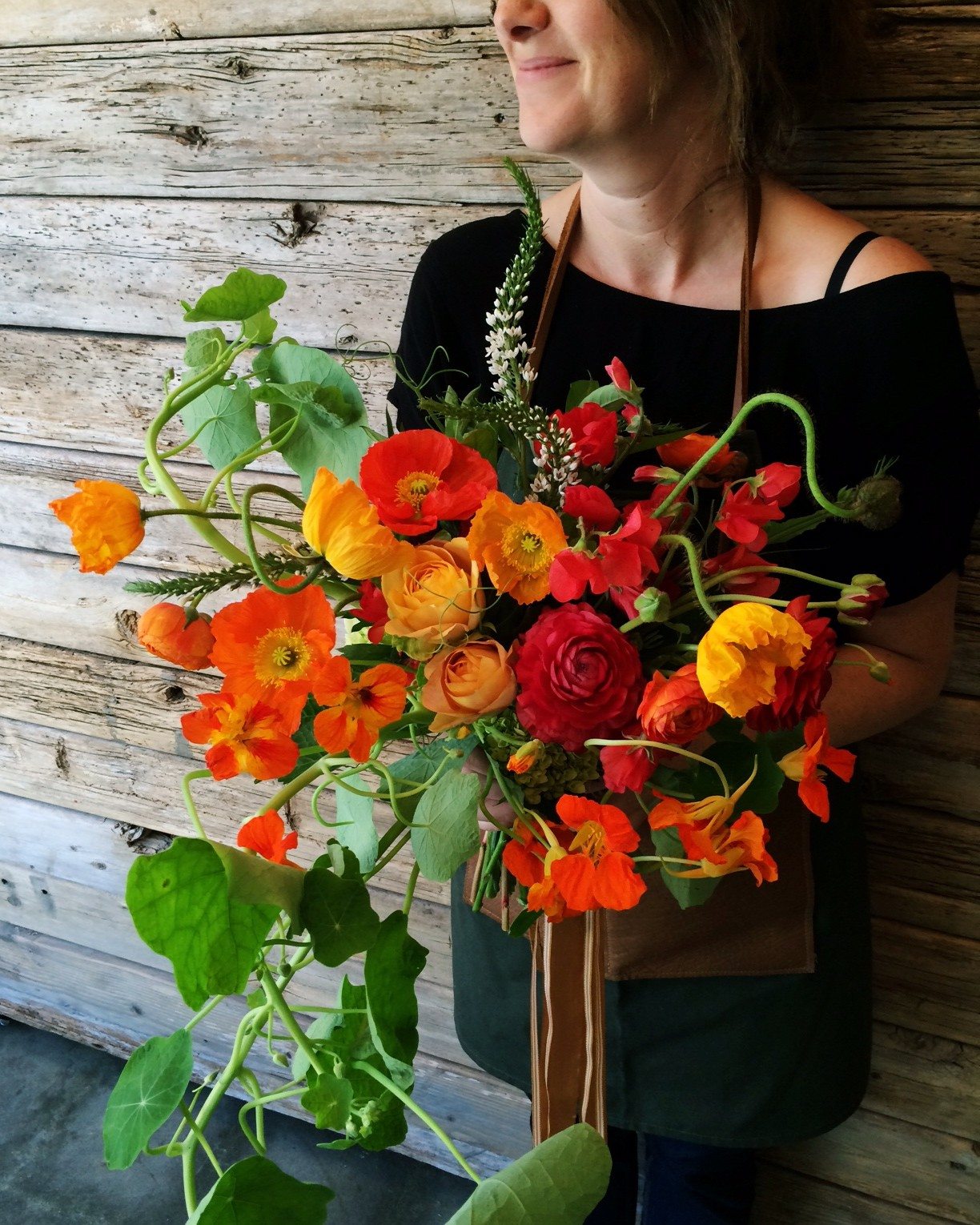
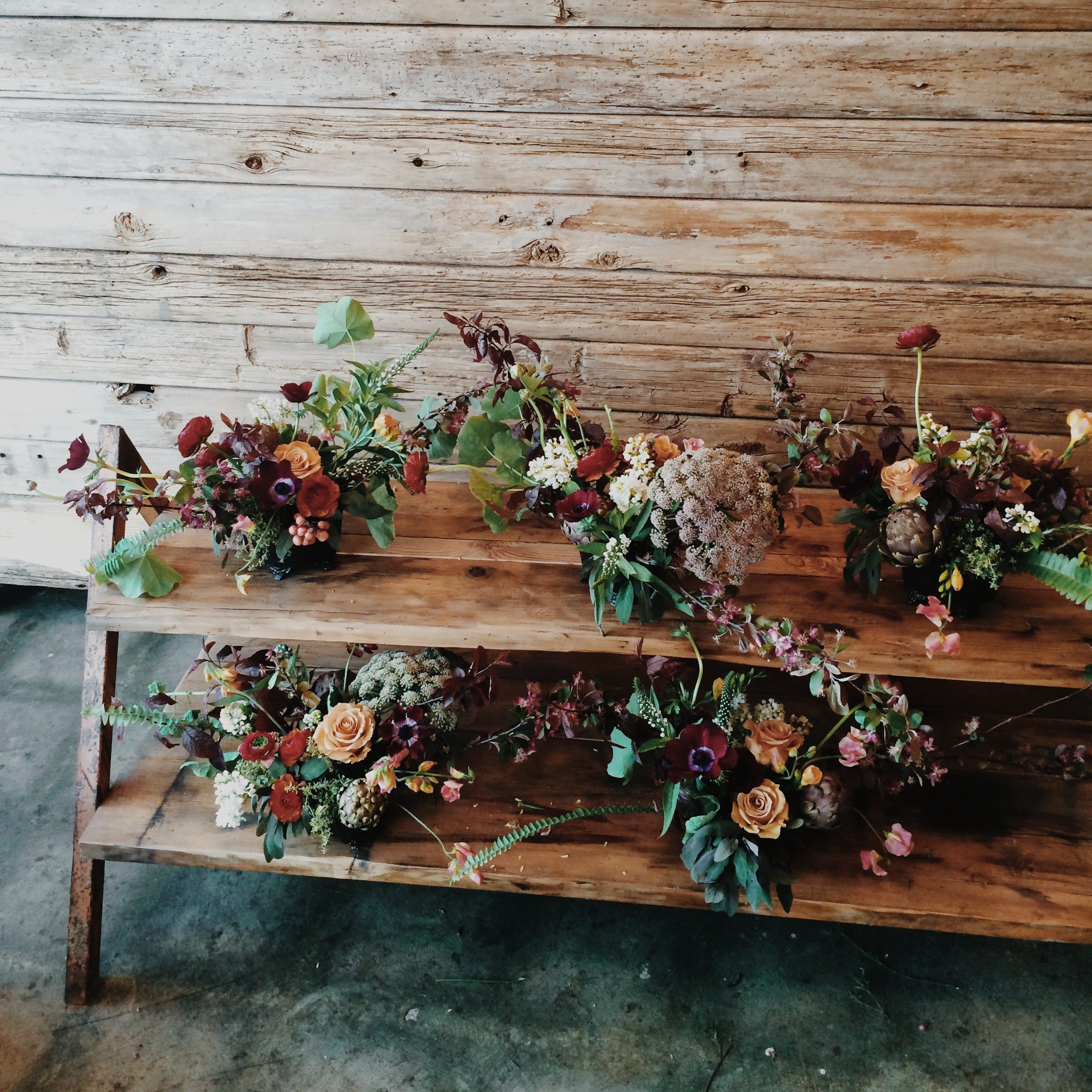
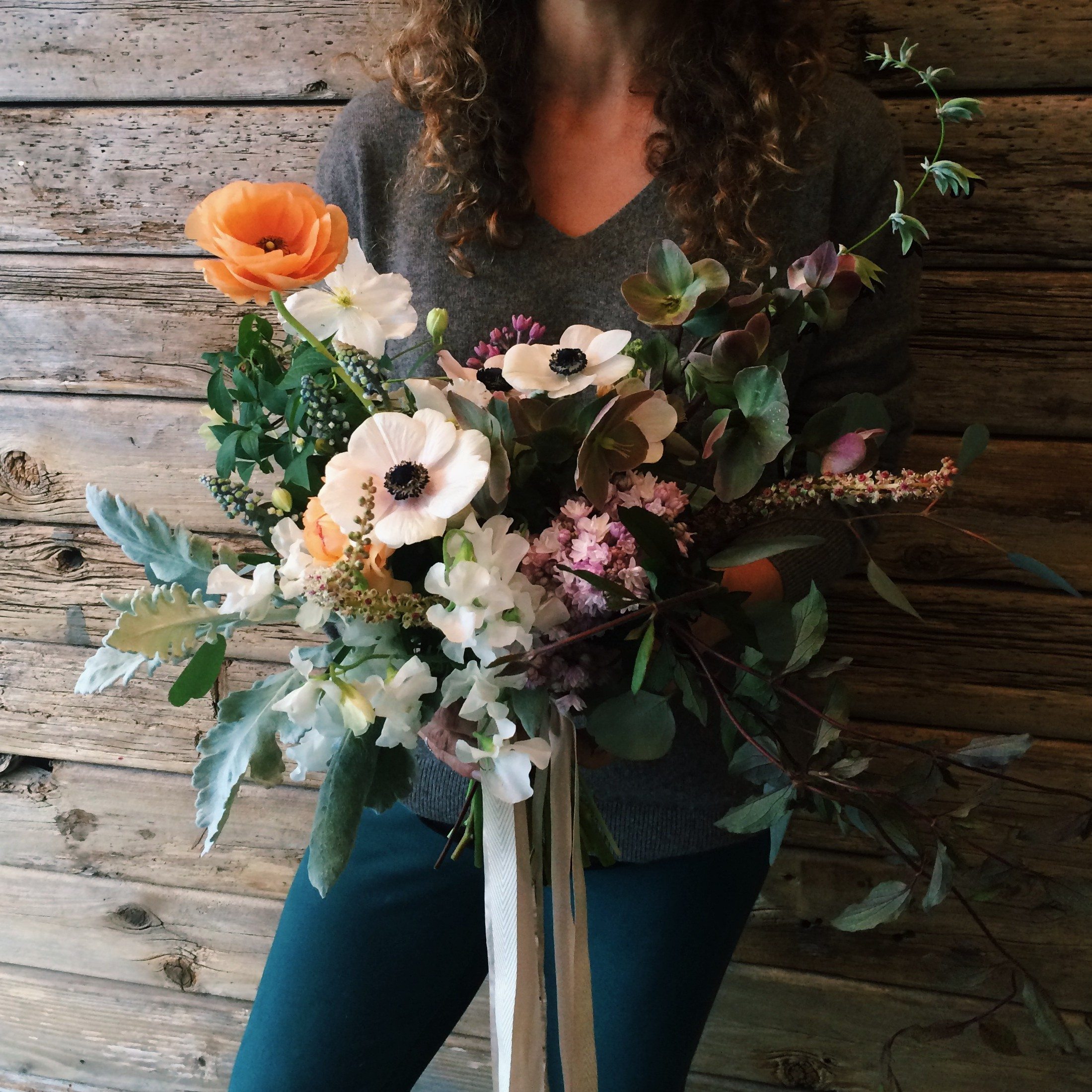
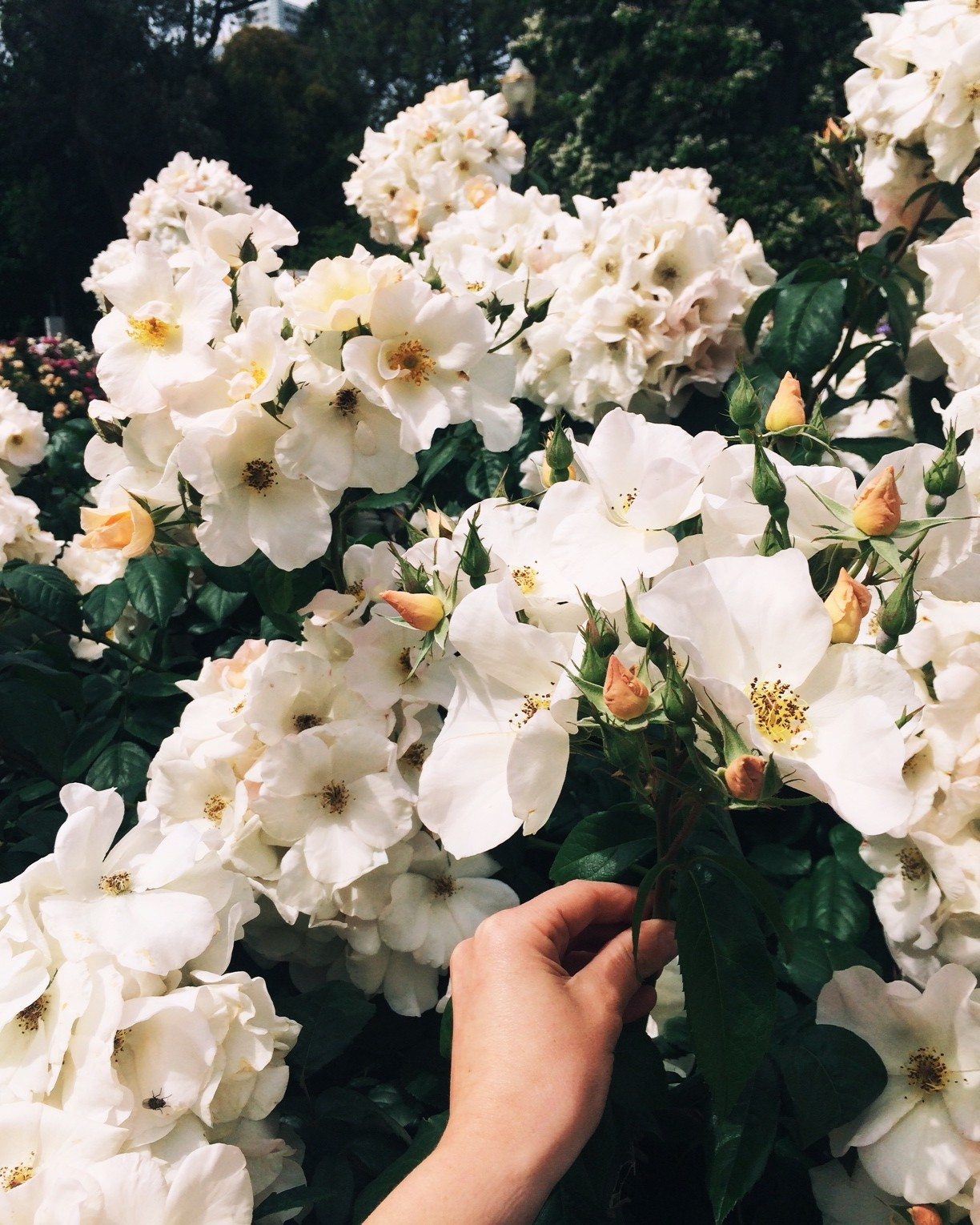
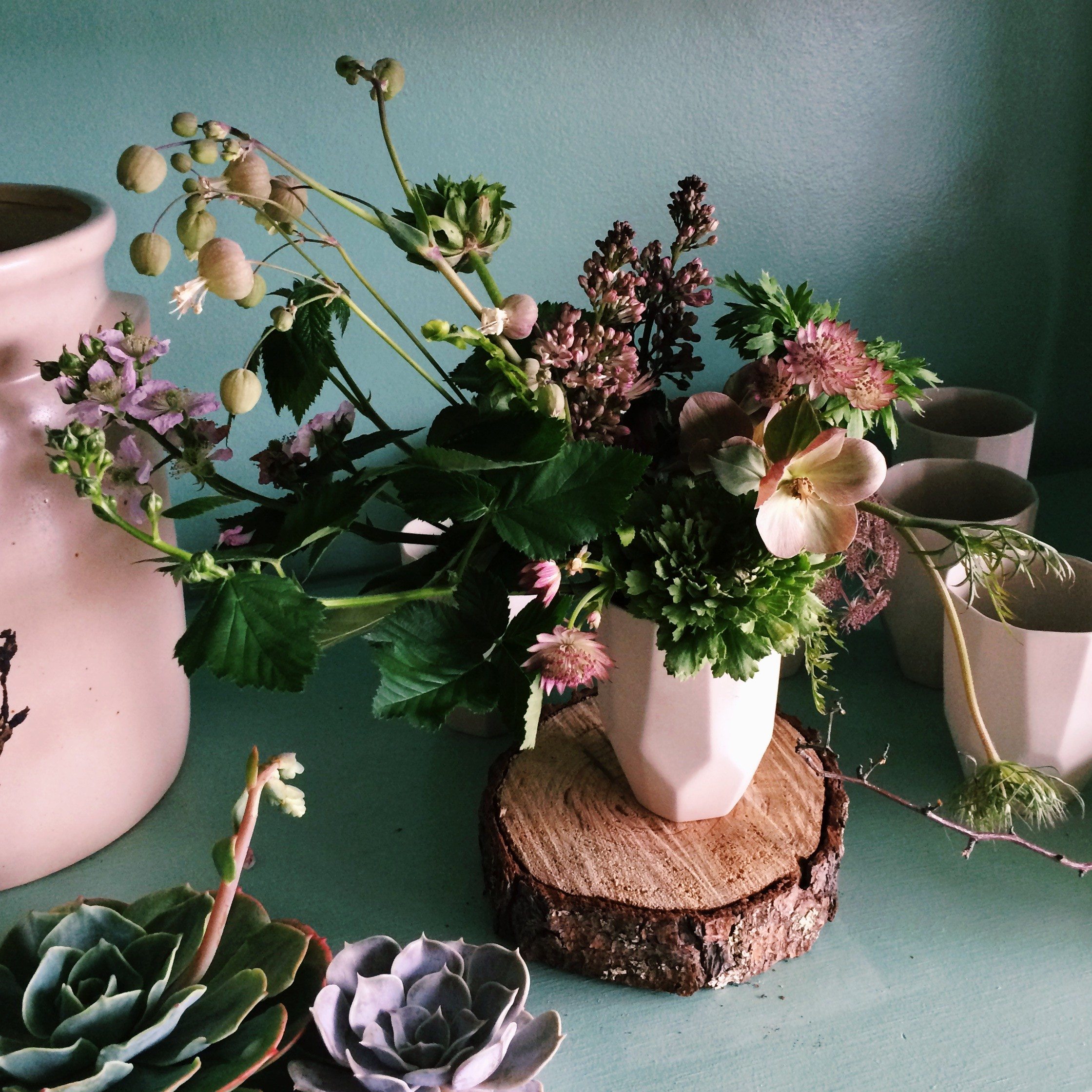
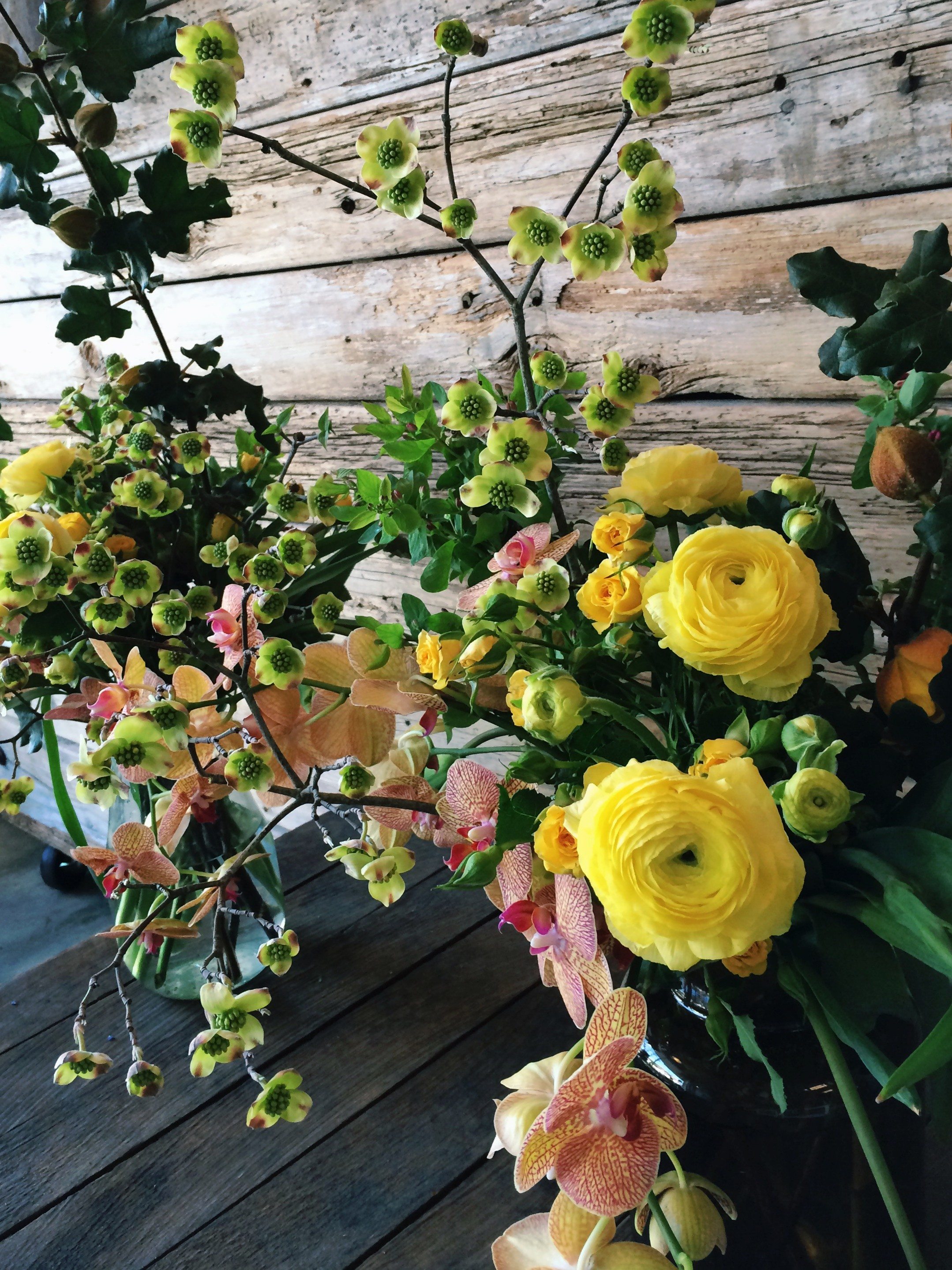
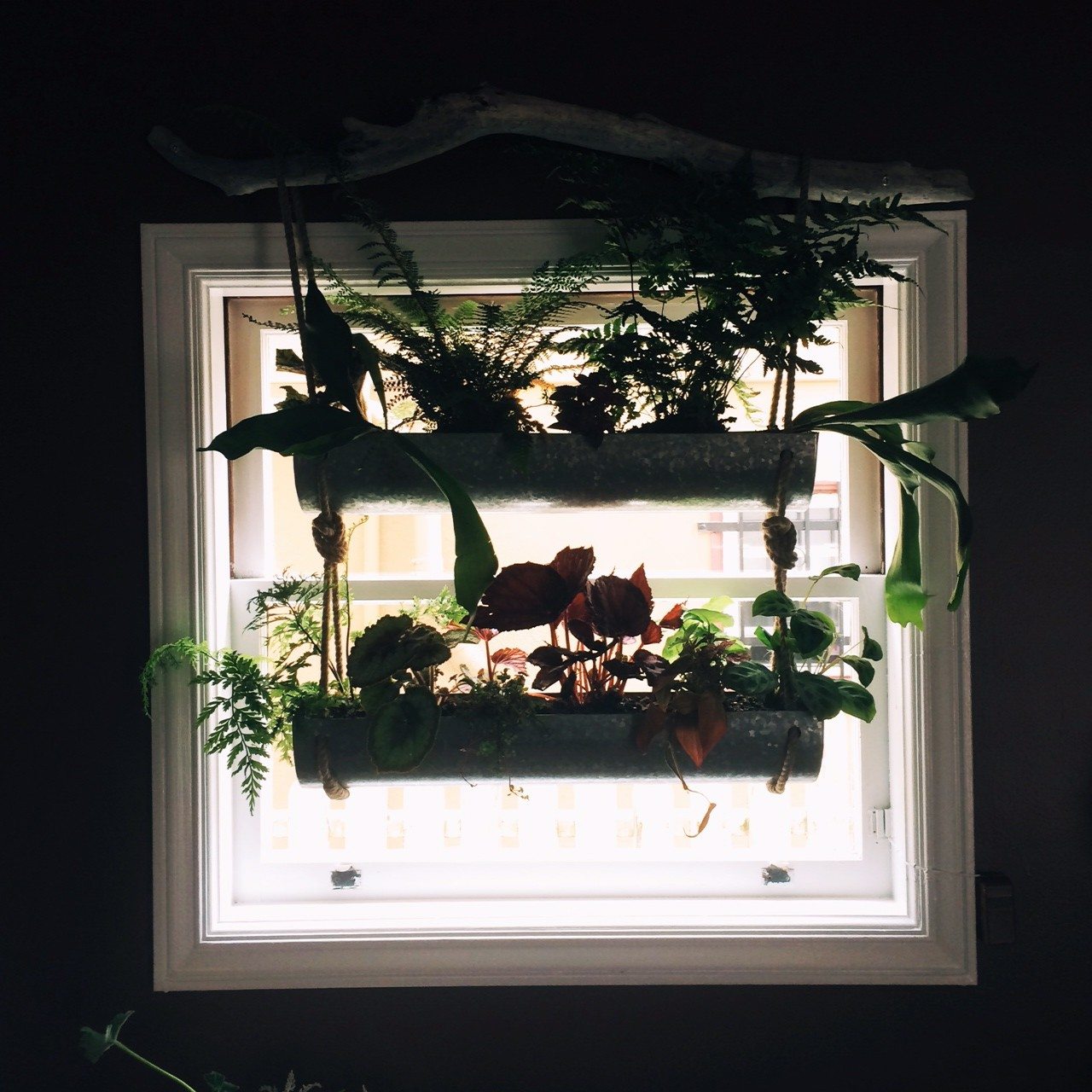
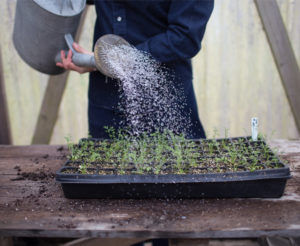
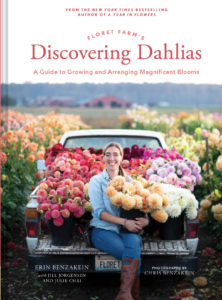
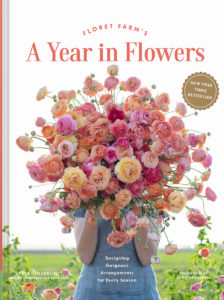
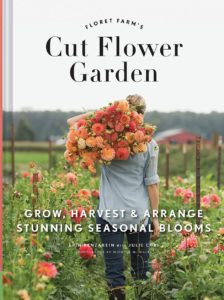

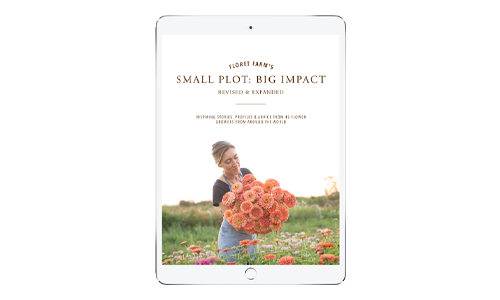
Jennifer on
Thank you so much for this interview. These are terrifically enthusiastic young women, I’m glad they are having such success. Now I’m following them on Instagram.